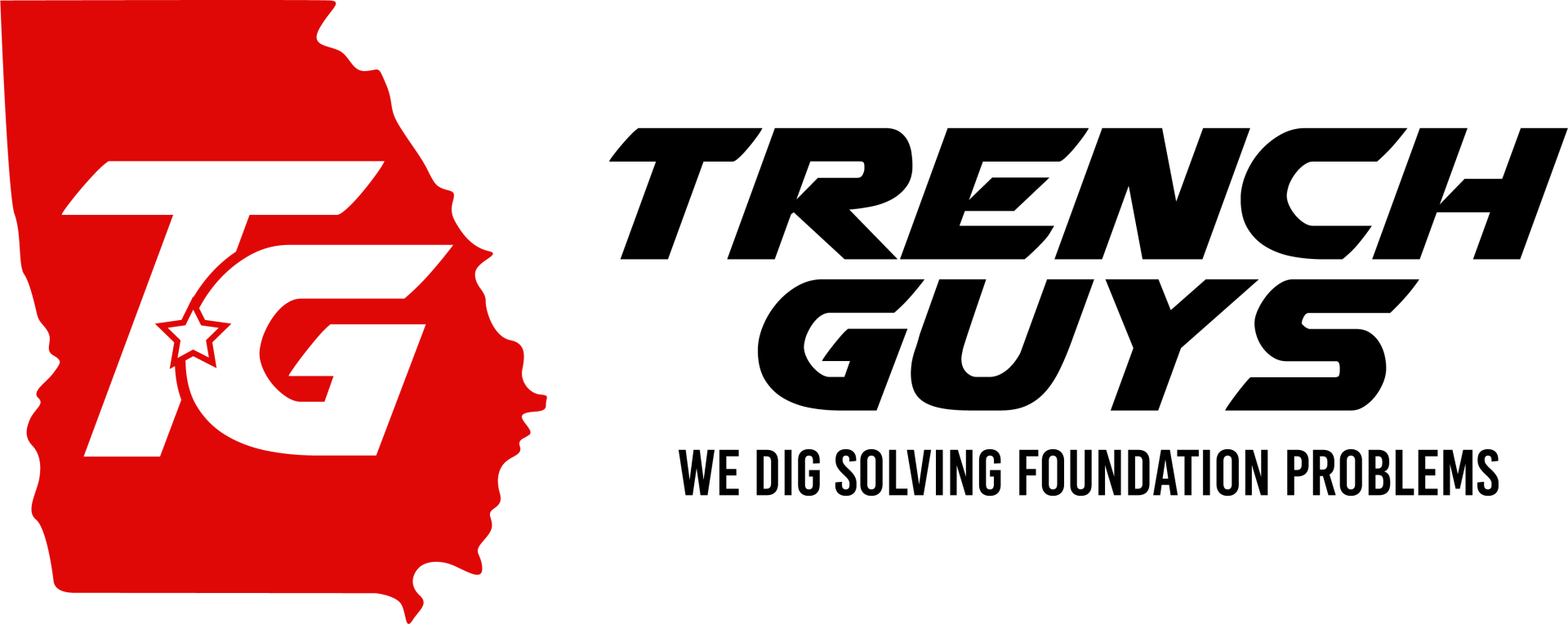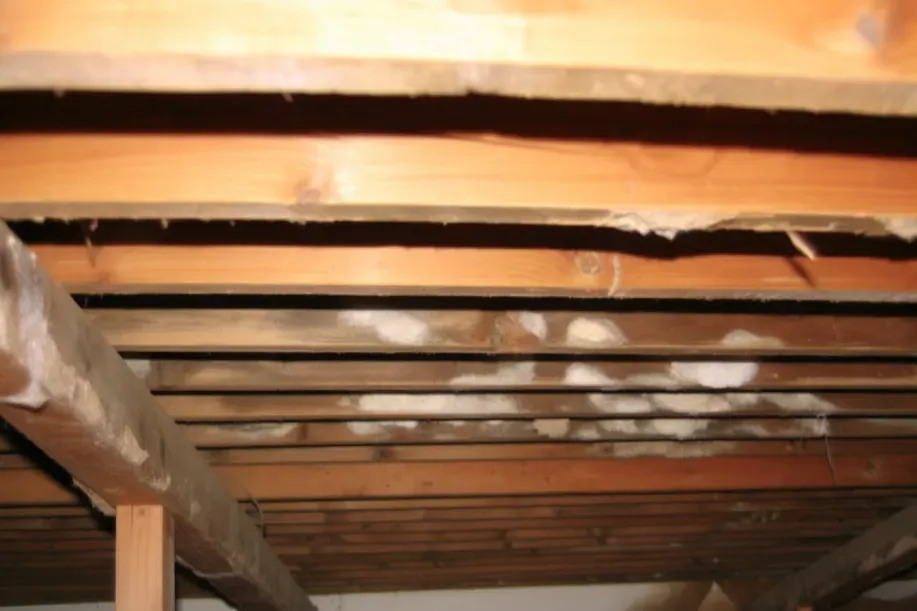Crawl spaces, the hidden areas beneath many homes, are often out of sight and out of mind. Yet, they play a crucial role in the overall health and integrity of your living space. This blog aims to shed light on these often-overlooked areas, providing homeowners with a comprehensive understanding of what crawl spaces are and why they are important.
Crawl spaces serve various functional purposes, from housing plumbing and electrical wiring to providing access for home repairs and insulation. However, their enclosed nature makes them particularly susceptible to moisture-related issues. Understanding the impact of moisture in these areas is vital for maintaining the structural integrity of your home, ensuring healthy indoor air quality, and preventing costly repairs.
Moisture in crawl spaces can come from several sources, including ground moisture, leaks, and condensation. Left unchecked, this moisture can lead to a host of problems, such as mold growth, wood rot, and even pest infestations. These issues not only compromise the structural components of your home but can also have significant health implications for its inhabitants.
In this blog, we will explore the intricacies of crawl spaces, the challenges posed by moisture, and the best practices for managing these hidden yet vital parts of your home. Whether you're a new homeowner or have been in your house for years, understanding and properly managing your crawl space is key to ensuring a safe, comfortable, and durable living environment.
Join us as we delve into the world of crawl spaces, uncovering the importance of these areas and the impact of moisture on your home's overall well-being.
What is a Crawl Space and Why Does It Matter?
Understanding the role and importance of a crawl space is crucial for any homeowner. This section of the blog will define what a crawl space is and explain its significance in maintaining the health and integrity of your home.
Defining a Crawl Space
A crawl space is a narrow, unfinished area located beneath the ground floor of a house, typically accessible only by crawling – hence the name. It's designed to provide a buffer between your home and the ground, and it houses various critical components of your home.
Common Features of a Crawl Space:
- Limited Height: Usually less than three feet, making it accessible only by crawling.
- Access Points: Small doors or hatches, either inside or outside the home, provide access.
- Utilities Housing: Often contains plumbing, wiring, and HVAC system components.
- Ventilation: May include vents to the outside for air circulation.
The Role of Crawl Spaces in Home Health
Crawl spaces play a vital role in the overall health and structure of your home.
Importance in Overall Home Structure:
- Foundation Support: Crawl spaces are part of the home's foundation, offering structural support.
- Moisture Barrier: They act as a barrier against moisture from the ground, which is crucial for preventing wood rot and mold growth in the structure of the house.
Impact on Air Quality:
- Ventilation and Moisture Control: Properly maintained crawl spaces contribute to better air quality in the home by preventing mold growth and controlling moisture levels.
- Insulation: They often contain insulation, which helps regulate the home's temperature and contributes to overall energy efficiency.
In summary, crawl spaces are more than just an underutilized area beneath your home; they are integral to the structural integrity and air quality of your living space. Understanding and maintaining your crawl space is essential for ensuring the longevity, safety, and comfort of your home.
The Science of Moisture in Crawl Spaces
Moisture in crawl spaces is a common issue that can have significant implications for the health and integrity of your home. Understanding the science behind how moisture accumulates and moves within these spaces is crucial for effective management and prevention of related problems. This section delves into the sources of moisture and its dynamics within crawl spaces.
How Moisture Accumulates
Moisture in crawl spaces can originate from various sources, each contributing to the overall humidity and potential problems in these areas.
Explanation of the Sources of Moisture in Crawl Spaces:
- Ground Moisture: Moisture from the soil beneath the crawl space can evaporate into the area, especially if there's no vapor barrier in place.
- Condensation: When warm, humid air comes into contact with cooler surfaces in the crawl space, condensation occurs, leading to moisture accumulation.
- Leaks: Water from leaking pipes, either from within the crawl space or from above, can contribute to moisture levels.
- External Water Intrusion: Rainwater or groundwater can seep into the crawl space due to poor drainage or flooding.
The Dynamics of Moisture Movement
Understanding how moisture moves and spreads in a crawl space is key to controlling its impact.
Insights into Moisture Movement in Crawl Spaces:
- Evaporation and Condensation: Moisture can evaporate from the ground or other wet surfaces and then condense on cooler surfaces, such as foundation walls or the underside of floors.
- Capillary Action: Moisture can wick up through porous materials like concrete or wood, spreading from wetter to drier areas.
- Air Movement: Airflow through vents or other openings can carry moisture in or out of the crawl space, affecting overall humidity levels.
The science of moisture in crawl spaces is complex, involving various sources and movement dynamics. Understanding these factors is crucial for homeowners to effectively manage moisture levels, thereby protecting their homes from potential damage like mold growth, wood rot, and compromised structural integrity.
Recognizing the Signs of Moisture Problems
Identifying moisture problems in your crawl space is crucial for maintaining the health and integrity of your home. Moisture issues can lead to serious structural damage and health concerns if left unchecked. This section will guide you through both visible and hidden indicators of moisture problems in crawl spaces.
Visible Signs of Excess Moisture
Certain signs of moisture issues are immediately noticeable upon inspection. Being aware of these can help you take timely action.
Bulleted List of Visible Signs:
- Mold Growth: Black, green, or white specks on walls, floors, or insulation indicate mold, which thrives in moist environments.
- Water Stains: Discoloration or water marks on walls, floors, or support beams suggest past or ongoing water intrusion.
- Efflorescence: White, powdery substance on concrete or masonry surfaces, caused by evaporating water leaving salt deposits behind.
- Standing Water: Any presence of pooled water is a clear sign of moisture problems.
- Damp Insulation: Wet or deteriorating insulation material indicates moisture penetration.
- Rust on Metal Components: Rust on pipes, tools, or other metal objects in the crawl space suggests high humidity levels.
Hidden Indicators of Moisture Issues
Some moisture problems are not immediately visible but can be detected through other senses or signs.
Discussion on Less Obvious Signs:
- Musty Odors: A persistent musty smell is often the first indicator of excess moisture and potential mold growth.
- Increased Humidity: A general feeling of dampness or stuffiness in the home can indicate high humidity levels originating from the crawl space.
- Allergic Reactions: Unexplained allergic symptoms such as sneezing, coughing, or itchy eyes when in the home could be due to mold spores or mites thriving in moist environments.
- Insect Infestations: High moisture attracts pests like termites and carpenter ants, which can cause further damage to your home.
Recognizing these signs of moisture problems in your crawl space is the first step in addressing them effectively. Early detection and intervention can prevent more serious issues, safeguarding the structural integrity of your home and the health of its inhabitants.
Consequences of Moisture in Crawl Spaces
Moisture in crawl spaces is not just a minor inconvenience; it can lead to serious structural damage and health concerns. Understanding these consequences is crucial for homeowners to take timely and effective action. This section explores the impact of moisture on both the structure of your home and the health of its inhabitants.
Structural Damage Risks
Moisture in crawl spaces can have a detrimental effect on various structural components of your home.
Impact of Moisture on Wooden Structures, Foundations, and Insulation:
- Wooden Structures: Moisture can cause wood to rot, weakening the structural integrity of beams and joists in your crawl space. This can lead to sagging floors and, in severe cases, structural failure.
- Foundations: Excessive moisture can lead to the erosion of soil around and under the foundation, causing cracks and instability. It can also exacerbate the freeze-thaw cycle in colder climates, further damaging the foundation.
- Insulation: Moisture can render insulation ineffective. Wet insulation loses its thermal resistance, leading to increased energy costs and uneven temperatures in the home.
Health and Air Quality Concerns
The presence of moisture in crawl spaces can significantly impact indoor air quality and health.
Exploring How Moisture Leads to Mold Growth and Affects Indoor Air Quality:
- Mold Growth: Moisture creates an ideal environment for mold and mildew to thrive. Mold spores can then circulate through the home, leading to poor indoor air quality.
- Health Implications: Exposure to mold can cause a variety of health issues, especially for those with allergies, asthma, or other respiratory conditions. Symptoms can include coughing, sneezing, eye irritation, and in severe cases, more serious respiratory problems.
- Other Allergens: Moist environments also foster the growth of dust mites and other allergens, further compromising air quality and potentially leading to health issues.
The consequences of moisture in crawl spaces are far-reaching, affecting both the physical structure of your home and the well-being of its residents. Addressing moisture issues promptly and effectively is essential to maintain a safe, healthy, and structurally sound living environment.
Effective Solutions for Moisture Control
Controlling moisture in your crawl space is essential for maintaining the structural integrity of your home and ensuring a healthy living environment. This section discusses practical and effective solutions, including the installation of moisture barriers and improvements in ventilation and drainage, to tackle moisture-related issues in crawl spaces.
Moisture Barrier Installation
One of the most effective ways to prevent moisture accumulation in crawl spaces is through the installation of vapor barriers.
Discussing the Use of Vapor Barriers to Prevent Moisture Accumulation:
- Purpose of Vapor Barriers: Vapor barriers are designed to prevent moisture from the ground from evaporating into the crawl space. This is crucial in reducing the risk of mold growth and wood rot.
- Types of Vapor Barriers: Common materials include polyethylene plastic sheeting, which is durable and resistant to moisture. The thickness of the barrier can vary, but a minimum of 6-mil is typically recommended.
- Installation Process: Proper installation involves covering the entire crawl space floor and extending up the foundation walls. Seams should be overlapped and sealed to ensure complete coverage.
- Considerations: While DIY installation is possible, professional installation can ensure a thorough and long-lasting solution, especially in complex crawl spaces.
Improving Ventilation and Drainage
Enhancing air circulation and managing water drainage are key strategies in controlling moisture in crawl spaces.
Strategies for Enhancing Air Circulation and Managing Water Drainage:
- Ventilation Improvements: Proper ventilation helps to reduce moisture levels. This can include installing or repairing vents, using fans to encourage air circulation, or considering a dehumidifier for more controlled moisture reduction.
- Drainage Solutions: Effective drainage is essential in preventing water accumulation around and under your home. This can involve regrading the landscape to direct water away from the foundation, installing French drains, or using sump pumps in areas prone to flooding.
- Gutter and Downspout Maintenance: Ensuring that gutters and downspouts are clean and directing water away from the foundation can significantly reduce moisture intrusion.
- Foundation Waterproofing: In some cases, exterior waterproofing treatments can be applied to the foundation to prevent water from seeping into the crawl space.
Implementing these solutions for moisture control in your crawl space can significantly reduce the risk of moisture-related problems. By addressing both the sources of moisture and its movement, homeowners can protect their homes from potential damage and create a healthier living environment.
FAQs
Contact Trench Guys Today!
Trench Guys will do everything we can to ensure your experience with us is excellent.
Request A FREE Estimate
Request a Free Estimate Form
Checkout Recent Post
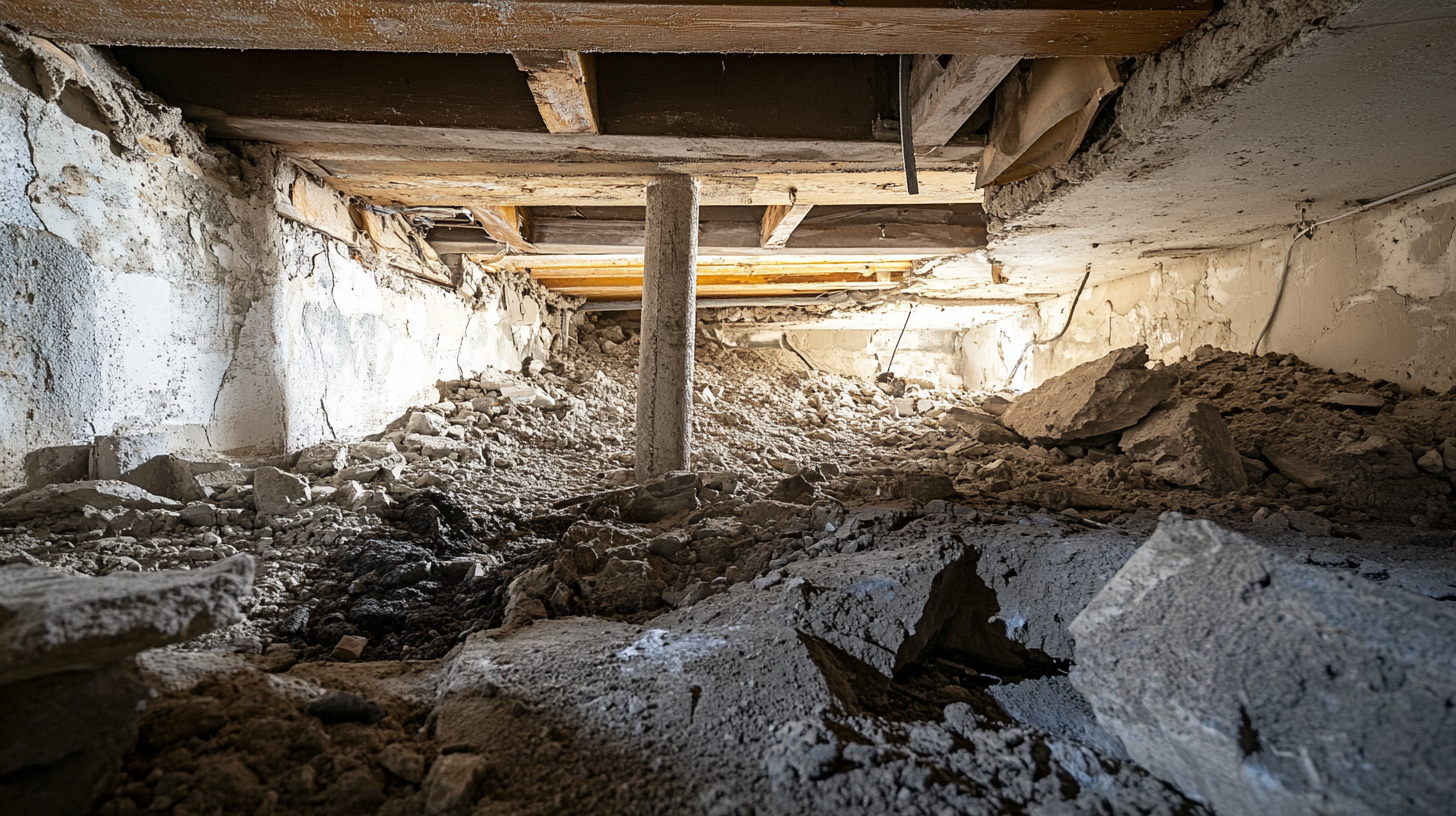
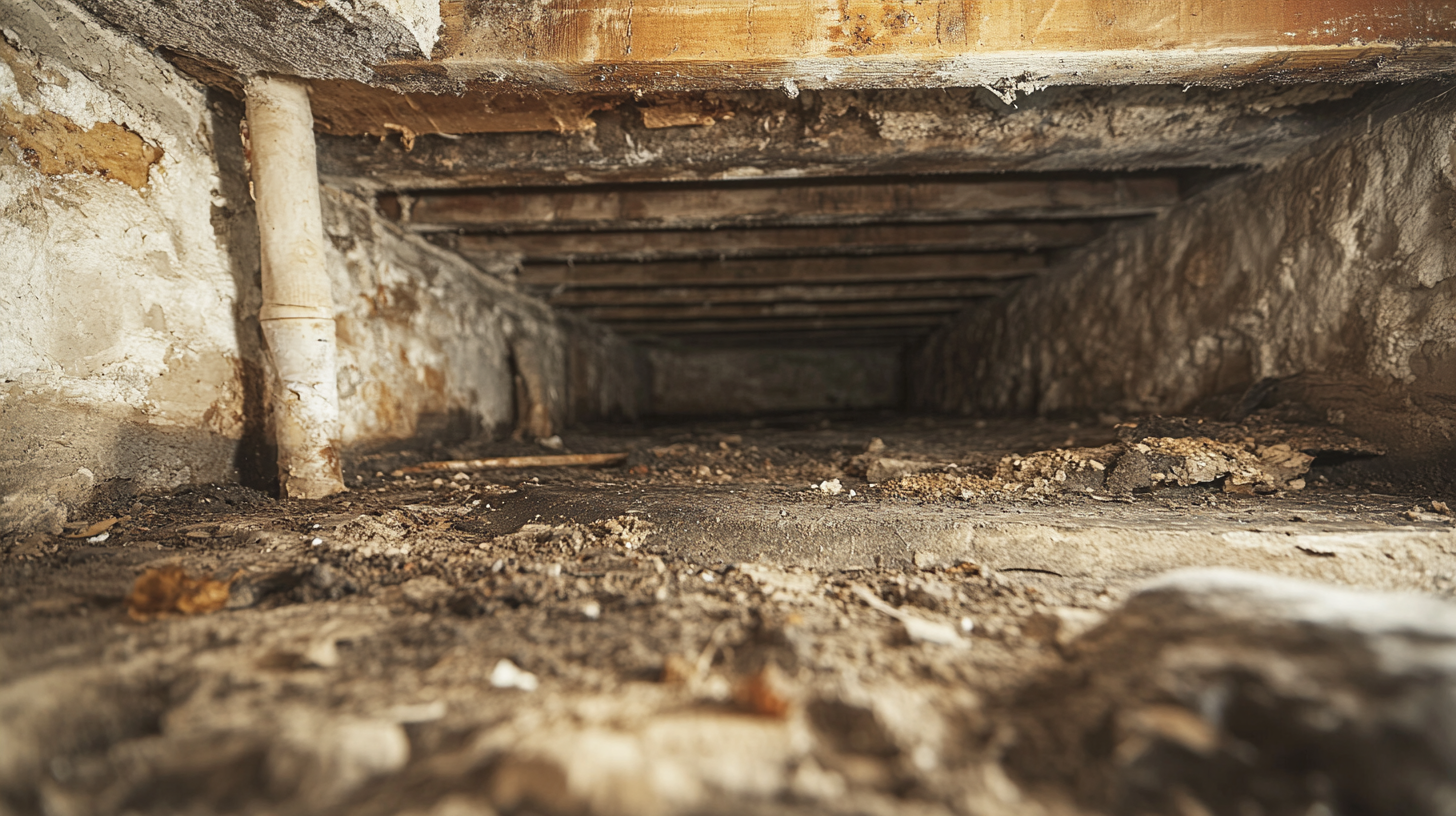
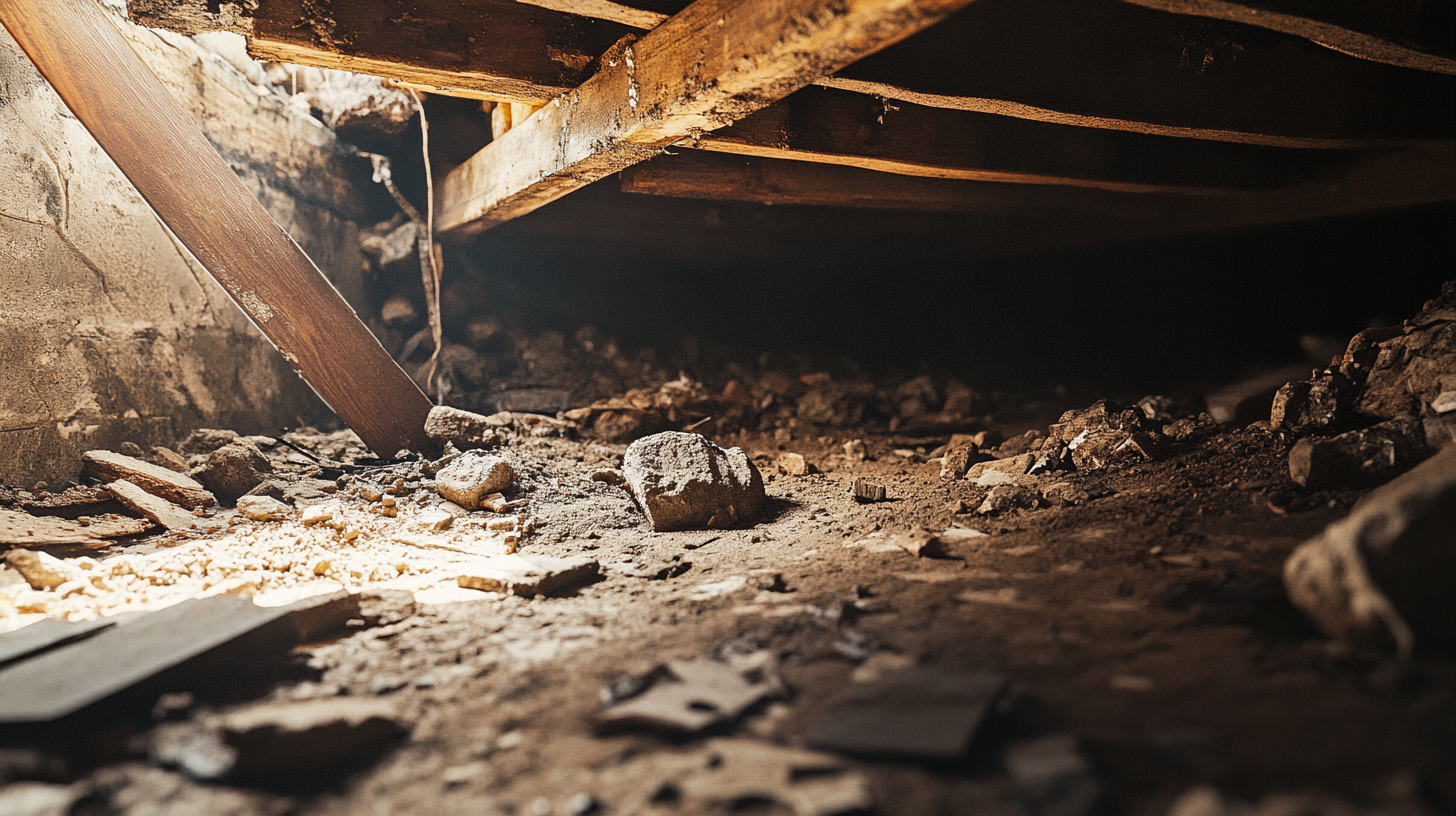
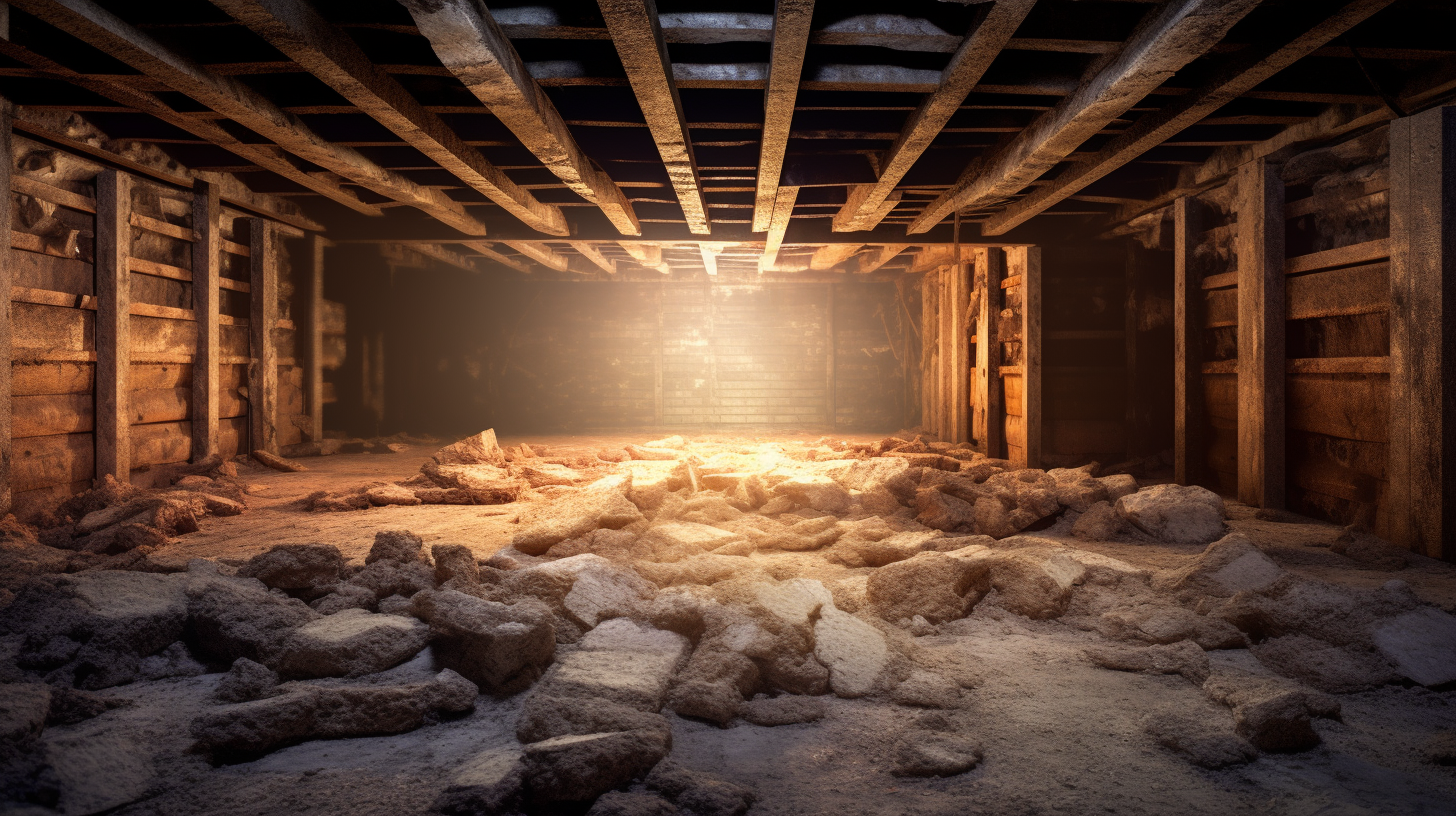
Got a Question? We’re Here to Help.
You can arrange an appointment or make an enquiry by phone or email, orget in touch to us via our contact form.
